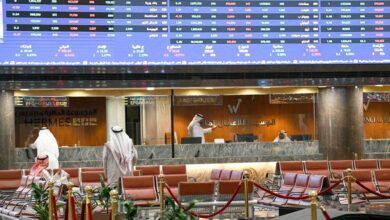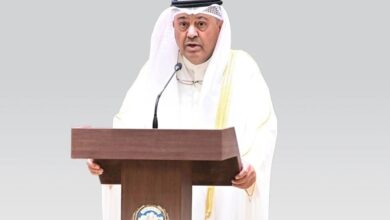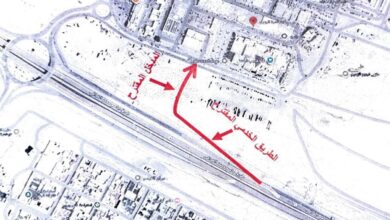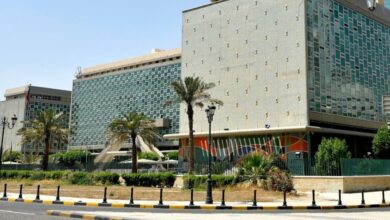Kuwait set for key archaeological find in Sabah Al-Ahmad Nature Reserve
The site, featuring its first photos and historical details, is believed to be an 8th or 9th-century military fortress, spanning 280 square meters with remains of walls and a basement, making it one of the largest monuments in the reserve.

• “If we consider that the Kazma area is the site of the famous battle with chains, this suggests we may be facing one of the largest visible monuments in the Sabah Al-Ahmad Reserve,” said Julie Marisca, Deputy Director of the Italian Archaeological Mission in Kuwait and Assistant Professor at La SapienzaUniversity in Rome.
• “Kuwait played a key role during before and after the emergence of Islam as it was a natural communication link between the Arabian Peninsula and Iran. We are trying to understand this, and the key to understanding this may lie in this possible fortress,” Dr. Carloa Shretti, the director of the mission, Professor at La Sapienza University said.
• Dr. Carloa Shretti said, “The discovery of key archaeological site in Sabah Al-Ahmad Nature Reserve may indicate the area is one of the Gulf’s oldest inhabited regions, with a construction style resembling that of Yemeni buildings.”
Kuwait is on the brink of an important archaeological discovery in the Sabah Al-Ahmad Nature Reserve, with early indicators emerging, according to an Italian mission of academics and excavation specialists.
In cooperation with the Kuwait National Museum and the National Council for Culture, Arts and Literature, the mission is working to uncover the geological and historical details of this new find in the Kazma area, as reported by Al Rai newspaper.
Julie Marisca, Deputy Director of the Italian Archaeological Mission in Kuwait and Assistant Professor at La Sapienza University in Rome, told Al-Rainewspaper that “the mission’s work follows the signing of a memorandum of understanding between the university and the National Council for Culture last December, and we began working about two weeks ago, focusing on the Kazma area, particularly within the Sabah Al-Ahmad Nature Reserve.”

She added, “We built upon the work of researchers before us, especially Dr. Sultan Al-Duwish, who conducted research in the area, completed extensive fieldwork, and published part of his findings in 2005, as well as continuing the work done by the British mission in 2011 and 2015 in northern Kuwait, although they did not conduct fieldwork in the Sabah Al-Ahmad Reserve. We were fortunate to be allowed to work in this area, enabling us to build on the data collected by our British colleagues.”
“We are now in the process of an archaeological discovery that is likely to be a military fortress, the first of its kind to be found, and it appears to date back to the period of the Kingdom of Al-Manara or the Lakhmiyun,” she said.
The largest monuments
Regarding the age of the building, he said, “It is not yet certain, but it seems to date back to the eighth or ninth century AD. It is also unclear if the entire building belongs to this era, as parts of the 280-square-meter structure may be older.”
He added, “If we consider that the Kazma area is the site of the famous battle with chains (though historically distinct), this suggests we may be facing one of the largest visible monuments in the Sabah Al-Ahmad Reserve. However, the possibility that this site is a military fort is just one of the possibilities.”
One of the oldest inhabited regions in the Gulf
The director of the mission, Professor at La SapienzaUniversity Dr. Carloa Shretti, told the newspaper, “This discovery could be evidence that this area is one of the oldest inhabited regions in the Gulf,” explaining, “The structure’s foundation and remaining walls were built with stones at the base and clay stone in the walls, a construction style similar to that found in Yemeni buildings.”

He noted, “Kuwait played an important role during this critical period (before and after the emergence of Islam) as it was a natural communication link between the Arabian Peninsula and Iran. We are trying to understand this, and the key to understanding this may lie in this possible fortress.”
Exploring the site
In the same context, Hassan Al-Filkawi, a prospector in the Survey and Archaeological Excavation Department at the Department of Antiquities and Museums of the National Council for Culture, Arts, and Letters, who accompanied the mission throughout its work and provided all logistical assistance, told the newspaper, “So far, we cannot be certain that this discovery is a military castle, but we will continue to explore the site in the hope of finding material evidence that will help us identify its exact nature and dating.”
















